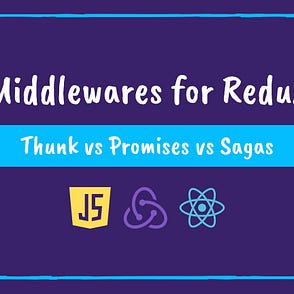

#BEST IMAGE FORMAT FOR WEB APPLICATIONS HOW TO#
How to Compress Images: Lossy vs Lossless You can compromise by displaying fewer images or showing them all at a smaller size. This means you have to look at the total of all the assets on your site, not just images.Ī large detailed hero image that is 1MB won’t be a big deal if it is the only image on a page with mostly text however, if you’re going to display 10 large images on a page that are all 1MB then it will be a slog to load. The average webpage is presently near 2MB so you want to stay under that limit to have a relatively fast site. You also need to consider the image in relation to the rest of your webpage in order to choose the optimal file size. If your image doesn’t have transparency, for example, then you’re really not giving anything up if you choose an image type that doesn’t support transparency. Sometimes, these are necessary and other times they’re not. Additional image file capabilities (such as transparency), unnecessary detail and too many colors all add bloat to your images. When you choose the wrong image format you could be inadvertently serving up a bigger image than is necessary. Not only are network speeds relatively slower when compared to dedicated networks, but not everyone has unlimited data.Īnd since Google penalizes pages that load too slowly by showing them lower in search results, improving load times is a no brainer way to increase traffic, sales and conversions. Why is choosing the right file format important? Because more and more visitors are visiting websites on mobile devices. You Never Had to Share Data with Your Siblings and It Shows

Use the Smush guide to file formats to find the best file type for your images.


 0 kommentar(er)
0 kommentar(er)
